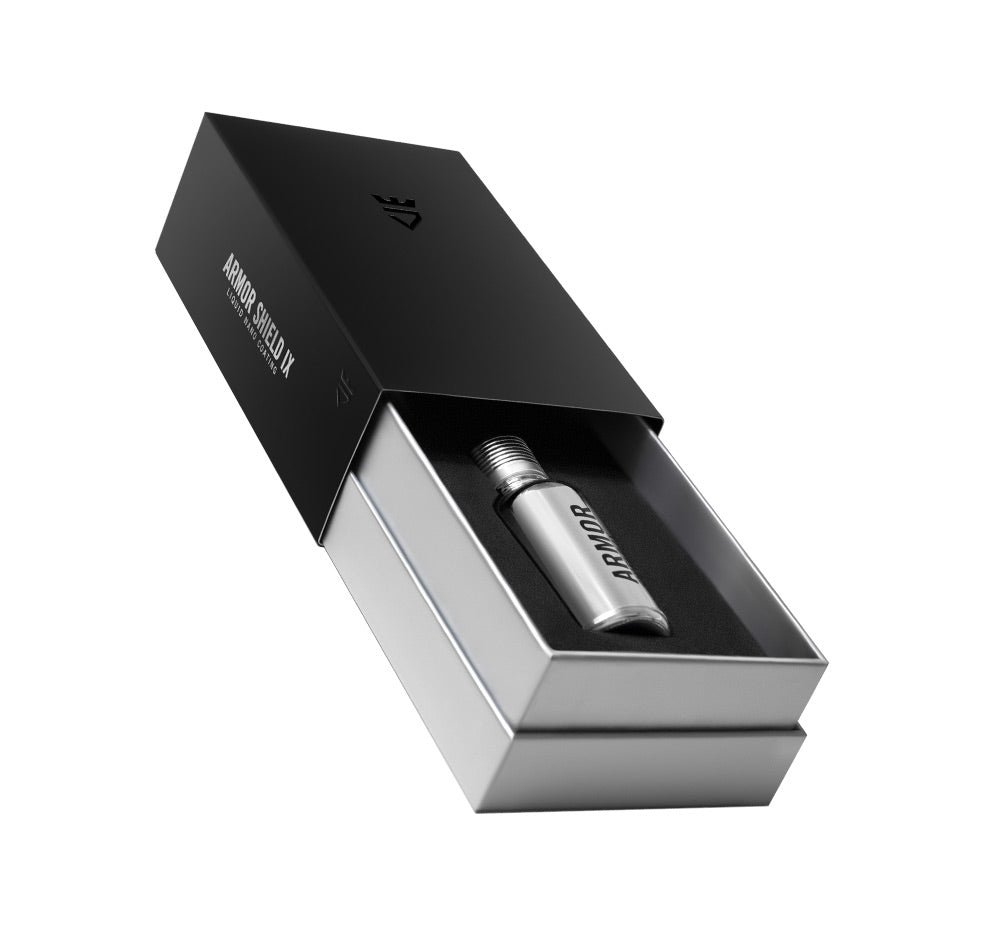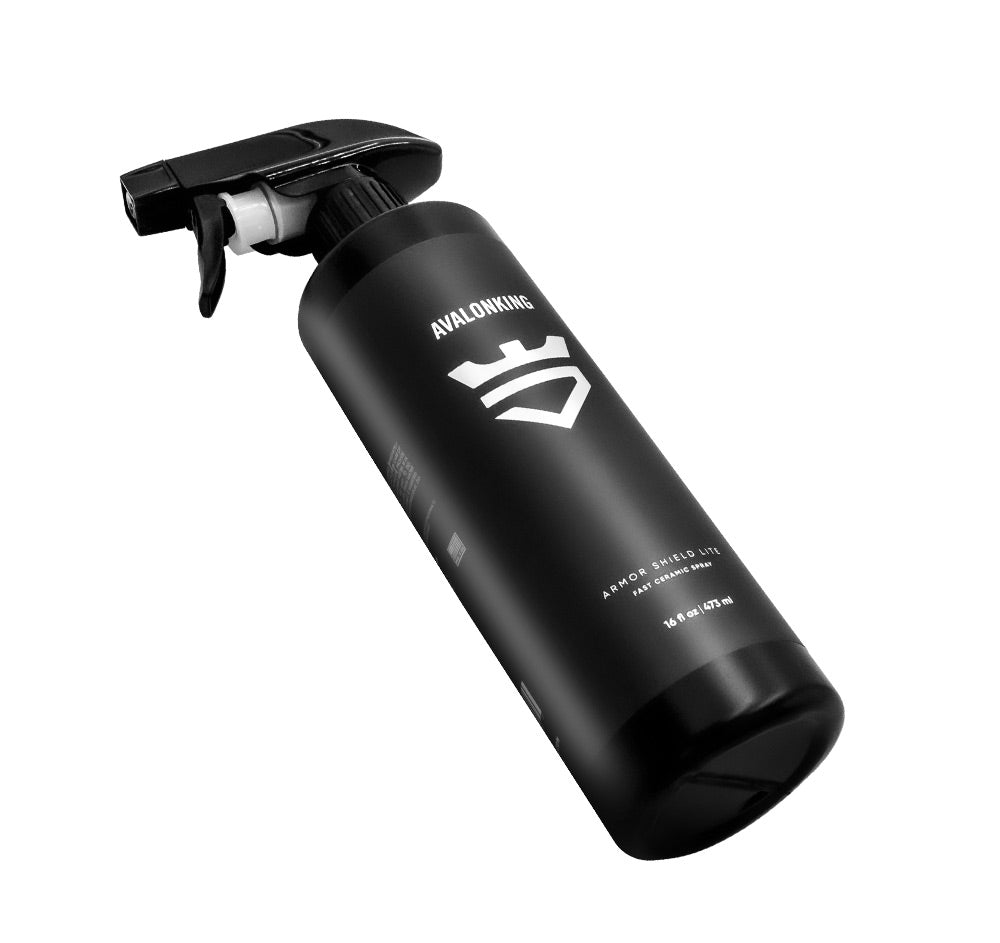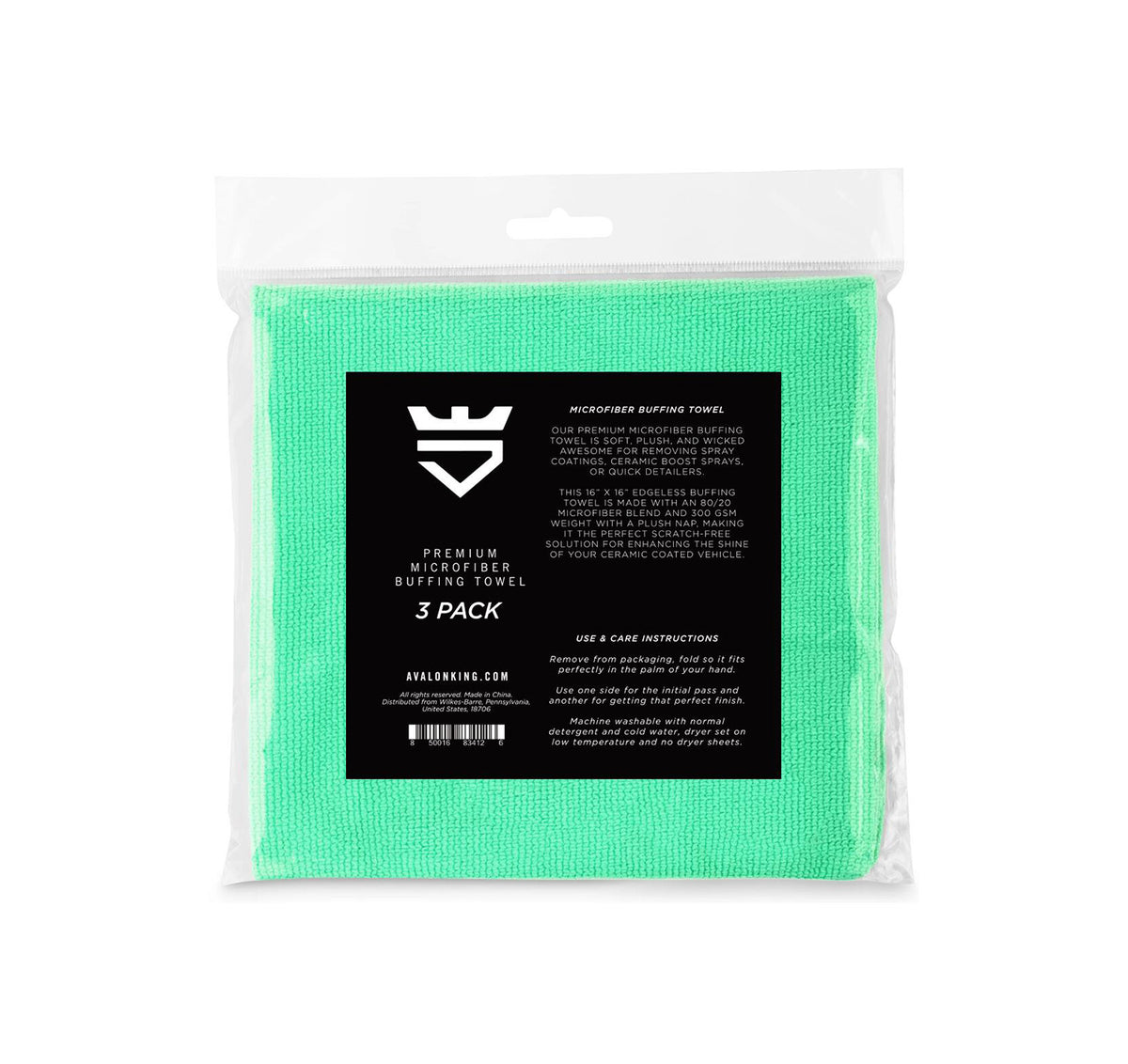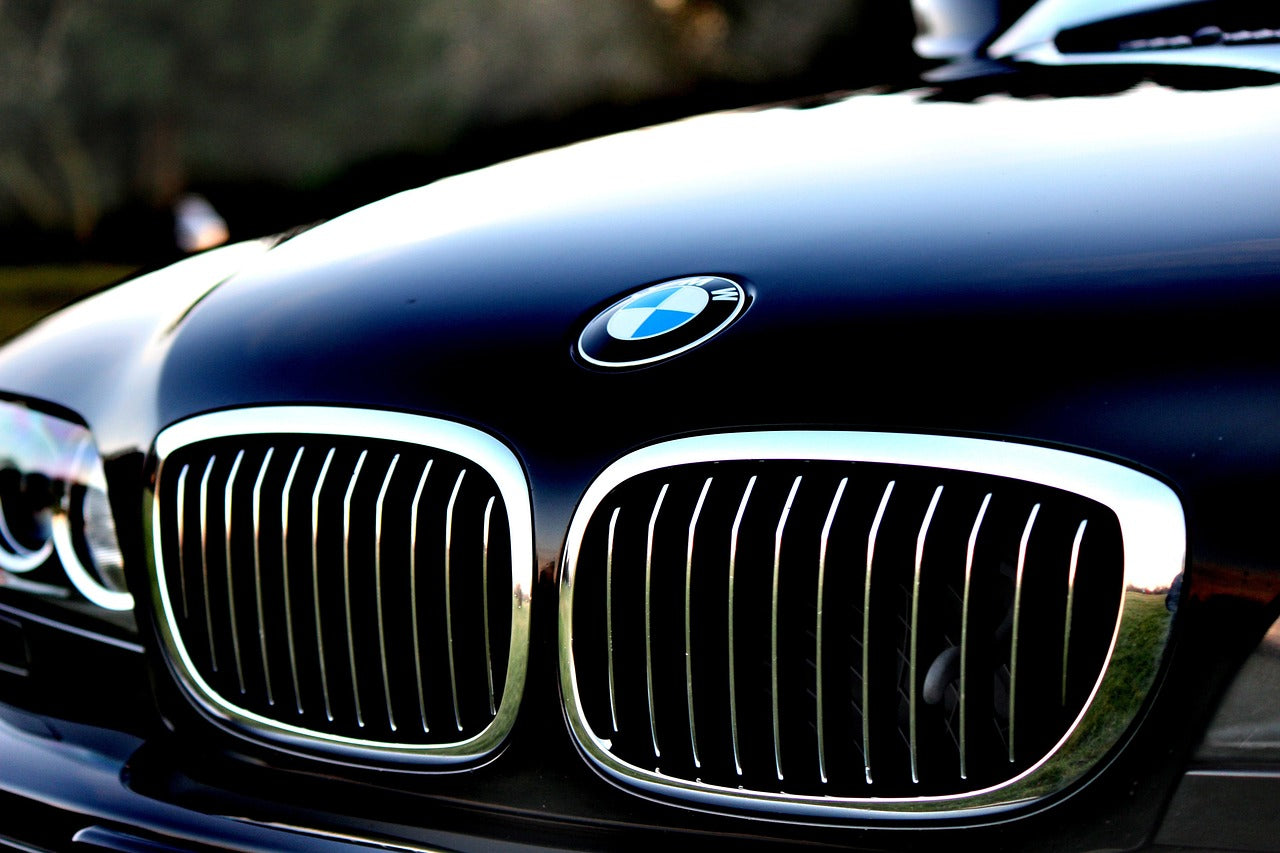What Is Ceramic Coating, and How Does It Work?
Before we dive into the benefits and considerations, let's define ceramic coating. Ceramic coating is a liquid polymer that is applied to the exterior surfaces of your Audi. When it cures, it creates a protective layer that bonds with the paint. This layer offers long-lasting protection against UV rays, scratches, oxidation, and chemical contaminants.
But how exactly does ceramic coating work? Let's take a closer look.
When you apply ceramic coating to your Audi, the liquid polymer forms a chemical bond with the surface of the paint. This bond creates a semi-permanent barrier that is resistant to various environmental factors. The ceramic coating acts as a shield, protecting your car's paint from the damaging effects of UV rays, which can cause fading and discoloration over time.
In addition to UV protection, ceramic coating also provides a high level of scratch resistance. The protective layer created by the coating helps to prevent minor scratches and swirl marks that can occur during regular washing and drying. This means that your Audi will maintain its pristine appearance for longer, reducing the need for frequent paint correction.
Furthermore, ceramic coating offers excellent resistance against oxidation. Oxidation is a natural process that occurs when oxygen reacts with the paint, causing it to fade and lose its shine. By forming a barrier between the paint and the environment, ceramic coating helps to slow down the oxidation process, keeping your Audi's paint looking vibrant and glossy.
Chemical contaminants, such as bird droppings, tree sap, and road tar, can also wreak havoc on your car's paint. However, with ceramic coating, these contaminants are less likely to adhere to the surface. The hydrophobic properties of the coating make it difficult for dirt and grime to stick, allowing for easier cleaning and maintenance.
Unlike traditional wax, which sits on top of the paint and wears off over time, ceramic coating chemically bonds with the surface, creating a semi-permanent barrier. This means that your Audi will stay protected and maintain its glossy finish for an extended period, typically up to two years.
So, if you're looking to enhance the longevity and appearance of your Audi's paint, ceramic coating is a great option to consider. Its ability to form a durable protective layer, resist UV rays, scratches, oxidation, and chemical contaminants makes it a popular choice among car enthusiasts.
The Benefits of Ceramic Coating for Audi Owners
Now that we have a basic understanding of ceramic coating, let's explore its benefits specifically for Audi owners. The first and most notable advantage is the exceptional level of protection it provides. Audi vehicles have a high-end clear coat finish that can be easily damaged by environmental elements. Ceramic coating acts as a shield, safeguarding your Audi's paint from contaminants, UV rays, and minor scratches.
In addition to protection, ceramic coating also enhances the aesthetics of your Audi. It creates a deep, reflective shine that enhances the color and clarity of the paint. This can make your Audi stand out on the road and maintain that showroom finish for years to come.
But the benefits of ceramic coating for Audi owners go beyond protection and aesthetics. One of the key advantages is the long-lasting durability it offers. Unlike traditional wax or sealant, ceramic coating forms a permanent bond with the paint, creating a protective layer that can withstand the test of time. This means that you won't have to worry about reapplying the coating frequently, saving you time and money in the long run.
Furthermore, ceramic coating is hydrophobic, meaning it repels water and other liquids. This not only makes your Audi easier to clean, but it also helps to prevent water spots and stains from forming on the surface. With ceramic coating, you can say goodbye to spending hours scrubbing and drying your car after a rain shower.
Another advantage of ceramic coating is its resistance to chemical etching. Audi owners know that road grime, bird droppings, and insect splatters can be a nightmare to remove and can sometimes leave behind unsightly marks on the paint. However, with ceramic coating, these contaminants are less likely to bond to the surface, making them easier to remove without causing any damage to the paintwork.
Additionally, ceramic coating offers a high level of UV protection. The sun's harmful rays can cause the paint on your Audi to fade and deteriorate over time. However, with ceramic coating, the UV rays are blocked, preventing premature aging and keeping your Audi looking vibrant and new.
Lastly, ceramic coating can also help to increase the resale value of your Audi. By maintaining the paint in pristine condition, you are preserving the overall appearance of the vehicle. This can be a major selling point for potential buyers, as they will see that the Audi has been well taken care of and will be more willing to pay a higher price.
In conclusion, ceramic coating offers Audi owners a multitude of benefits. From providing exceptional protection against environmental elements to enhancing the aesthetics and increasing the durability of the paint, ceramic coating is a worthwhile investment for any Audi enthusiast. So why wait? Give your Audi the ultimate protection and shine it deserves with ceramic coating.
Comparing Ceramic Coating to Traditional Wax
While ceramic coating offers numerous benefits over traditional wax, it's important to understand the key differences before making a decision. Wax provides temporary protection and typically lasts only a few months, requiring frequent reapplication. On the other hand, ceramic coating lasts significantly longer, reducing the need for constant upkeep.
Additionally, ceramic coating is more durable than wax. It forms a hard shell on the paint surface, providing better resistance against scratches and chips. This can be particularly beneficial for Audi owners who frequently drive on highways or in busy urban environments where the risk of paint damage is higher.
Choosing the Right Ceramic Coating Product
When it comes to selecting the right ceramic coating product for your Audi, there are a few factors to consider. First, assess the lifespan of the coating. Some products offer up to two years of protection, while others may provide less. Determine how long you plan to keep your Audi and choose a product accordingly.
Next, consider the ease of application. Some ceramic coatings require professional installation, while others are designed for at-home use. If you're comfortable with DIY projects, you may opt for a user-friendly product. However, if you prefer professional expertise, it's best to consult with a reputable detailer.
Step-by-Step Guide to Applying Ceramic Coating
Applying ceramic coating requires attention to detail and proper preparation. Follow these steps to ensure optimal results:
- Thoroughly wash and dry your Audi to remove any dirt or contaminants.
- Decontaminate the paint surface using a clay bar or iron remover.
- Polish your Audi to remove any imperfections and create a smooth surface.
- Apply the ceramic coating using an applicator pad, working in small sections.
- Allow the coating to cure according to the manufacturer's instructions.
- Buff the surface with a microfiber cloth to reveal the final glossy finish.
Maintenance Tips for a Long-Lasting Ceramic Coating
Once you've applied ceramic coating to your Audi, it's essential to maintain it properly to maximize its longevity. Here are a few maintenance tips to keep in mind:
- Regularly wash your Audi with pH-neutral car shampoo to remove dirt and debris.
- Avoid using harsh chemicals or abrasive materials that can damage the coating.
- Consider periodic touch-ups or reapplication of the ceramic coating to ensure continued protection.
- Park your Audi in shaded areas or use a car cover to minimize exposure to intense sunlight.
Is Ceramic Coating the Right Investment for Your Audi?
After considering the benefits, comparing it to traditional wax, and understanding the application process, you may still wonder if ceramic coating is the right investment for your Audi. Ultimately, it depends on your personal preferences and priorities.
If you value long-lasting protection, enhanced aesthetics, and reduced maintenance, ceramic coating can be a worthwhile investment for your Audi. Not only will it keep your vehicle looking its best, but it may also contribute to a higher resale value in the future.
So, is ceramic coating worth it for your Audi? The answer lies in your commitment to maintaining its appearance and your desire for long-term protection. Consider all the factors and make an informed decision that suits your needs and preferences. With the right ceramic coating, your Audi will continue to turn heads and maintain its sleek, luxurious appeal.
Ready to give your Audi the long-lasting shine and protection it deserves? Look no further than AvalonKing for all your car care needs. With years of expertise, AvalonKing provides top-quality ceramic coating, car shampoo, and a wide range of cleaning products designed to keep your vehicle looking immaculate. Check out our products and discover why so many car enthusiasts trust us to enhance and maintain the beauty of their vehicles.












![[2024 Guide] The Beginner's Guide to Car Detailing (Like a Pro)](http://avalonking.com/cdn/shop/articles/guide-to-car-detailing-like-a-pro-cover_bd2e47ba-ff74-45a7-b00b-bfe2928b73e4_1000x.jpg?v=1651151442)


